Saturday, 27/07/2024 | 14:13 GMT+7
Shopping can be a miserable experience. Dragging handfuls of heavy shopping bags (and perhaps a child or two) into a store that has no natural light and no fresh air, but plenty of loud music and too-warm changing rooms, is enough to make anyone pack up and go home.
On the other hand, a shopping environment that is calm and spacious, with plenty of natural light and greenery, can tempt shoppers to linger longer - and spend more - in store.
New research released today by the World Green Building Council suggests retailers around the world are missing a big opportunity to understand how the physical retail environment can affect the enjoyment of both staff and customers.
It draws together key research into the impact of retail environments around the world on the enjoyment and satisfaction of customers and retail staff, concluding that greener buildings often equal happier customers, and therefore greater revenues.
The study focuses on a broad definition of "green buildings" to encompass the health and wellness of its occupants. This is an essential measure of a building's success, explains Jonathan Laski, director of global projects & partnerships at the World Green Building Council. "You can't have a building that's green and does not support the health and wellbeing of the people inside it," he tells BusinessGreen.
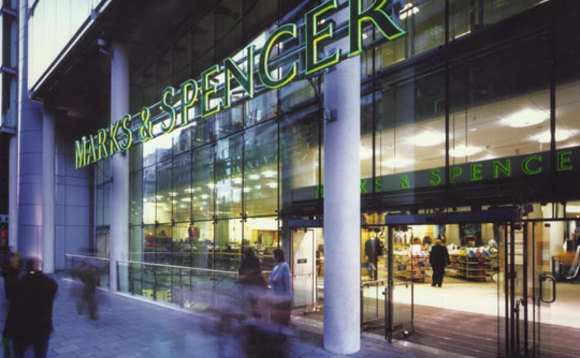
However, the study pulls together numerous case studies that show that an environmentally friendly store often draws some of the highest consumer satisfaction ratings. For example, in 2011 retailer Marks & Spencer set out to design a "Sustainable Learning Store" in Sheffield, which aimed to create the most environmentally friendly store possible for the brand.
It employed a range of strategies, including maximising daylight and LED bulbs to cut the use of lighting energy by 20 per cent, rainwater harvesting to slash water use by 30 per cent and a waste heat recovery system to ensure below-average energy consumption for the building. The store also featured electric vehicle charge points and real-time public transport information to encourage greener transit to and from the store. M&S has been monitoring the performance of the store since 2011, and has found that it enjoys some of the highest customer satisfaction levels across its portfolio.
Similarly, the WGBC report also cites a 2012 study that compared the performance of 494 retail bank branches of the PNC Financial Services Group. It compared the performance of 52 LEED-certified branches with 442 non-certified branches to assess whether there was any sales uplift at the greener sites.
It found that the LEED facilities opened 458 more consumer deposit accounts and had more than $3m more in consumer deposit balances every year than the non-certified branches. In addition, utility costs per employee were on average $675 lower in certified branches than non-certified branches.
The report notes that "one of the criticisms most often levelled at sustainability is that it is potentially expensive without necessarily delivering value, or that the benefits of environmental actions are not clear to the bottom line".
It aims to provide a solution to that by proposing a framework for retailers to link these environmental factors with the financial performance of stores - a strategy that it claims will add more weight to the case for sustainability projects such energy efficiency upgrades.
The framework encourages retailers to gather data across three categories - the physical characteristics of a building, the employee and customer experience of the space, and its financial performance - to help retailers better understand how they can improve the sustainability of their store.
And while the data, and resulting recommendations, may vary according to the type of retailer, there are some safe bets for popular store design, Laski says. He points to plentiful daylight and greenery as consistently delivering higher customer satisfaction across all types of shopping environments.
Business Green
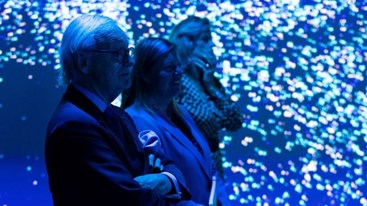



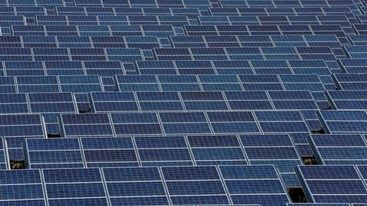
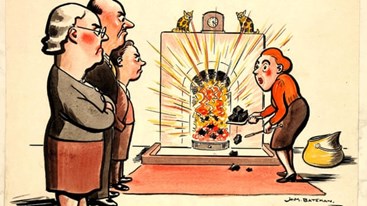


.jpg?w=367&h=206&mode=crop) Notice for Contracts award for Support to Industrial Enterprises for Energy Audits and Preparation of Feasibility Studies (Package No. C2.2.4)
04/06/2024
Notice for Contracts award for Support to Industrial Enterprises for Energy Audits and Preparation of Feasibility Studies (Package No. C2.2.4)
04/06/2024
 Training Courses for Energy Managers and Energy Auditors
Training Courses for Energy Managers and Energy Auditors
 Vietnam Energy Outlook Report – Pathway to Net Zero
Vietnam Energy Outlook Report – Pathway to Net Zero
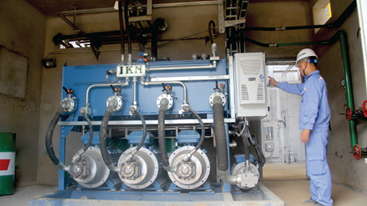 Long Son Cement saves 30% of electricity consumption thanks to heat recovery
Long Son Cement saves 30% of electricity consumption thanks to heat recovery
 Expression of Interest: C2.1.15: Development of Energy-Efficient Technology Catalogs for the Industrial Sector
Expression of Interest: C2.1.15: Development of Energy-Efficient Technology Catalogs for the Industrial Sector
 Optimizing Compressed Air Systems for Southern Industrial Enterprises
Optimizing Compressed Air Systems for Southern Industrial Enterprises
 The Ministry of Industry and Trade Review the Energy Efficiency and Conservation activities in Lao Cai.
The Ministry of Industry and Trade Review the Energy Efficiency and Conservation activities in Lao Cai.
 EOI Extension: C2.2.2: Review and update for current EE benchmarking for 2 sub-industrial sectors
EOI Extension: C2.2.2: Review and update for current EE benchmarking for 2 sub-industrial sectors